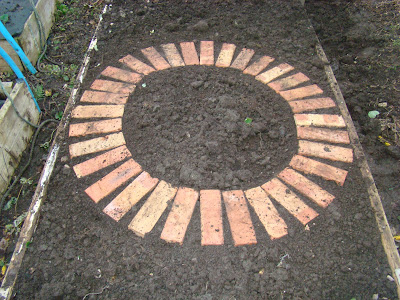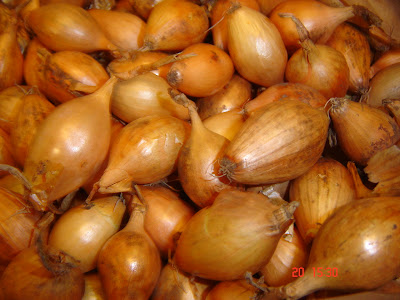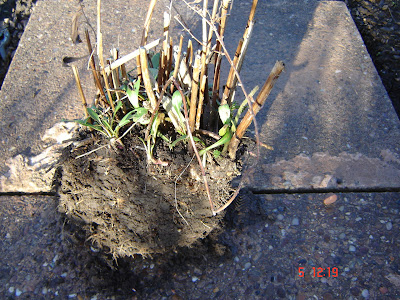 Some people swear by electric propogators, others by a windowsill or kitchen worktop. I am one of the latter. These are sweet pointy peppers and were sown on the 14th giving a germination time of 16 days which is about average. What you will notice though is that they are germinating SLOWLY, with no legginess or yellowing that can often accompany propogater germinated seeds.
Some people swear by electric propogators, others by a windowsill or kitchen worktop. I am one of the latter. These are sweet pointy peppers and were sown on the 14th giving a germination time of 16 days which is about average. What you will notice though is that they are germinating SLOWLY, with no legginess or yellowing that can often accompany propogater germinated seeds.The secret is a fairly stable temperature with moist, but not waterlogged compost. These seedlings will be pricked out into individual 2" pots to start with and will go straight into a heated greenhouse with a constant temp of only 10 degrees C. This again keeps the growth slow, giving compact stocky plants that will go out into the tunnels sometime in April.
The kitchen where all of my tender crops germinate is north facing so once germinated the seedlings do need to be moved into a lighter location but it also prevents any harsh sunshine burning through the window and shrivelling them up.















































